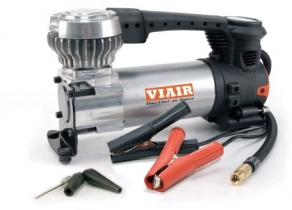-
Welcome to Tacoma World!
You are currently viewing as a guest! To get full-access, you need to register for a FREE account.
As a registered member, you’ll be able to:- Participate in all Tacoma discussion topics
- Communicate privately with other Tacoma owners from around the world
- Post your own photos in our Members Gallery
- Access all special features of the site
mk5 adventures
Discussion in '2nd Gen. Builds (2005-2015)' started by mk5, Sep 6, 2018.
Page 1 of 16
Page 1 of 16


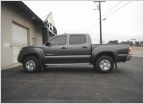 2012 SR5 PreRunner
2012 SR5 PreRunner 2012 Tacoma 2wd Access Cab -- Building My Perfect Knockaround
2012 Tacoma 2wd Access Cab -- Building My Perfect Knockaround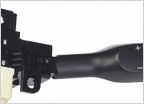 Totalled
Totalled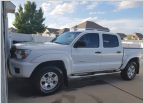 Ren's Build and Planning Thread
Ren's Build and Planning Thread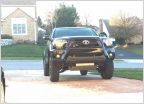 Ramsey's build thread
Ramsey's build thread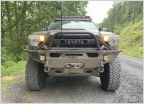 2012TacomaGuy's Tasmanian Taco "Taz" Build
2012TacomaGuy's Tasmanian Taco "Taz" Build










